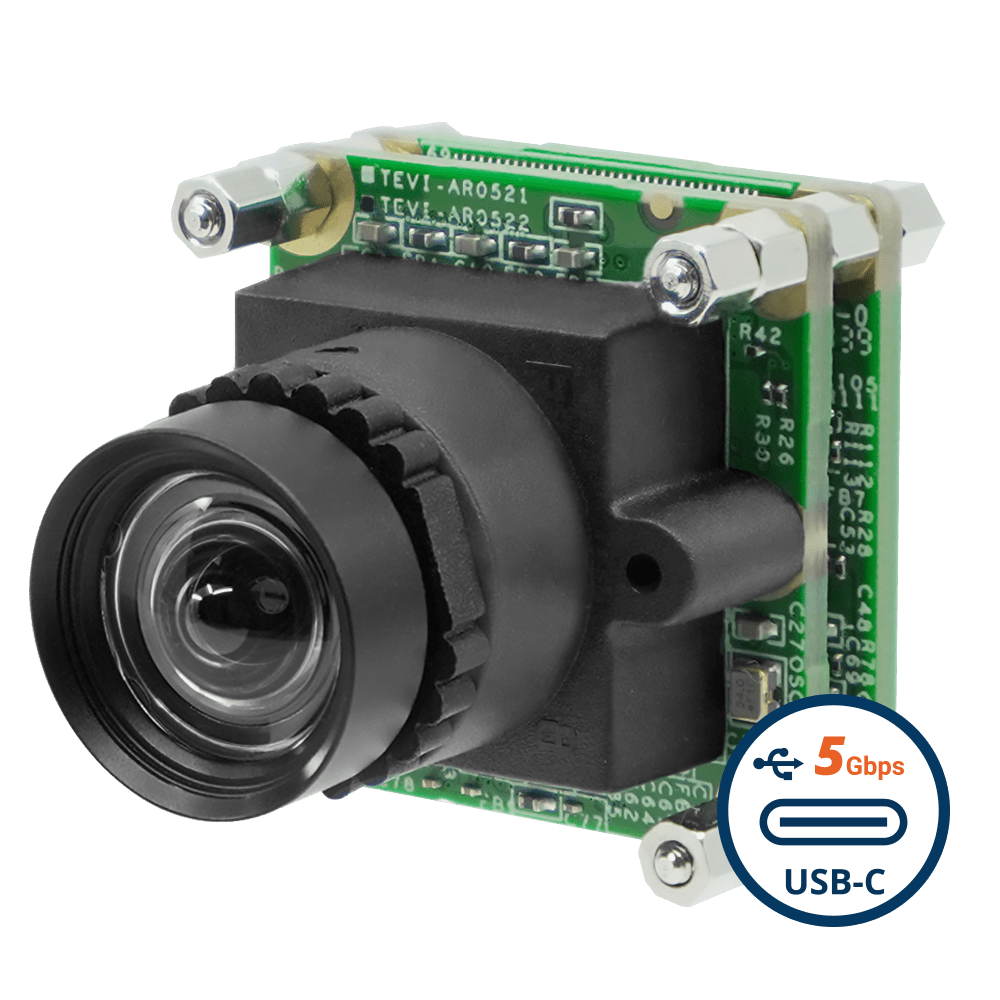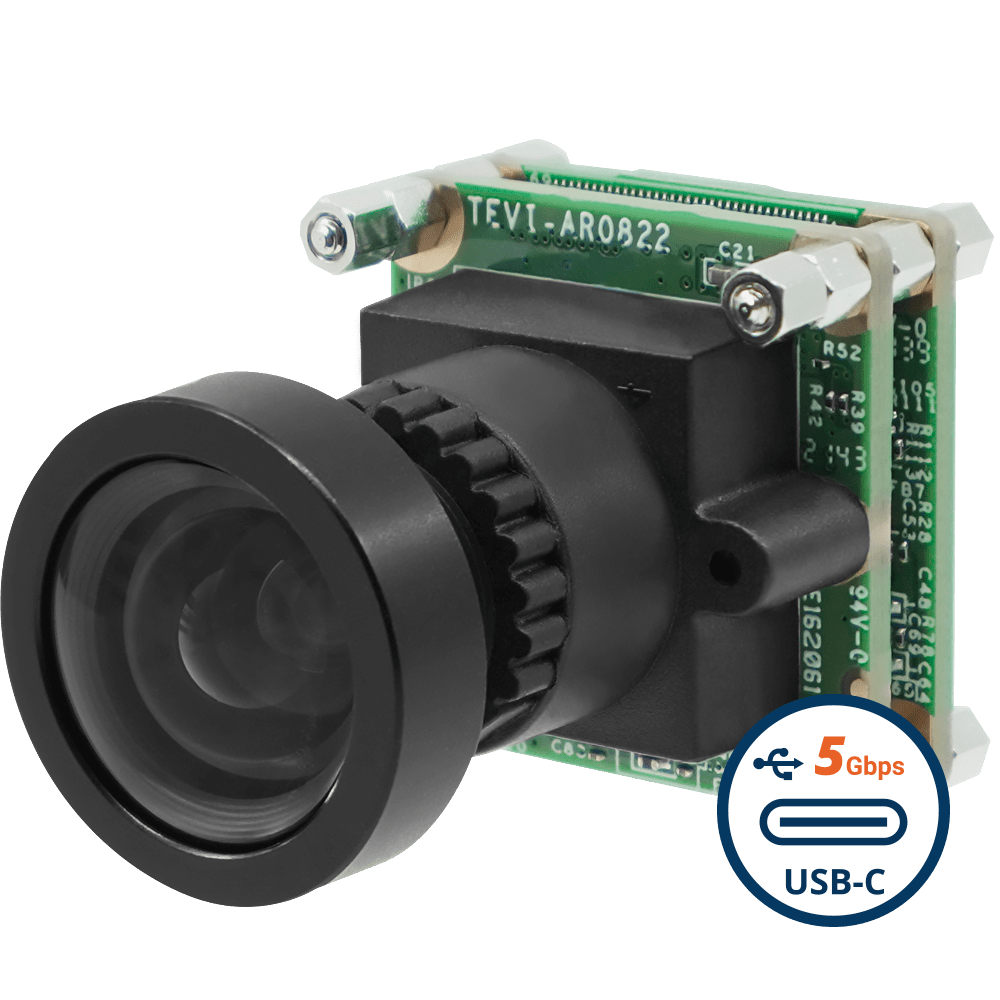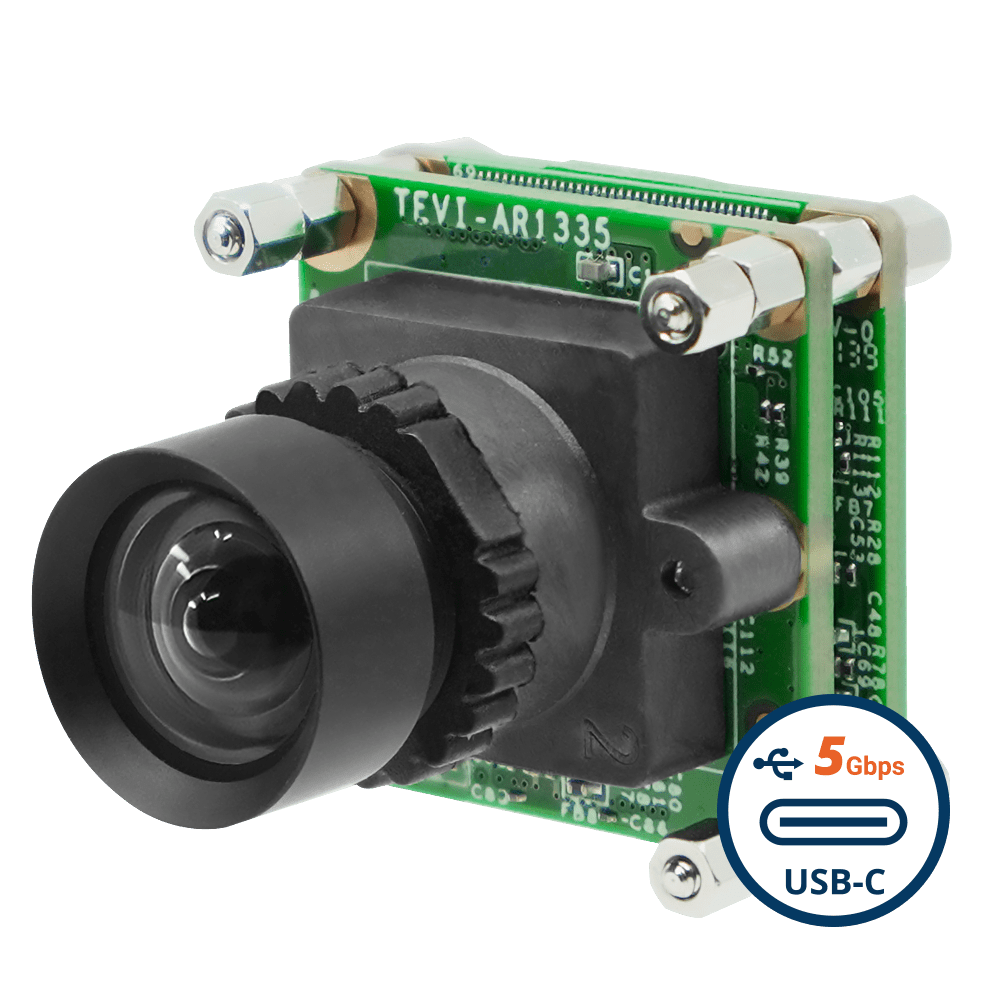Medical imaging is no longer just about X-rays and MRI scans. The scope of embedded cameras has significantly expanded since their advent. Camera-enabled devices like digital microscopes, fundus cameras, retina scanners, and intraoral cameras are making diagnosis and treatment easier and more effective. Camera modules have a wide range of applications in the medical and life sciences fields.
Due to this diversity and unique nature of these applications, choosing an embedded camera for medical devices can be often complex. It’s always recommended to consult an imaging expert like TechNexion before choosing a camera, as there are several factors to consider.
Among the numerous factors to be taken into account, exposure time stands out as one of the most crucial. It has a great role in determining the quality of the output image. In this article, we explore why exposure time is key in vision-enabled medtech devices. We will also discuss how to choose the right exposure time for various applications.
What is exposure time?
Exposure time refers to the duration for which a digital camera’s sensor is exposed to photons, or light particles, while capturing an image. This time period is typically measured in microseconds (µs) or milliseconds (ms). Exposure time is a critical concept in the field of imaging because it significantly influences the quality of the resulting image. A properly optimized exposure time ensures that the sensor captures the ideal amount of light, avoiding both overexposure and underexposure. Overexposure can result in an image that appears too bright, while underexposure can lead to a loss of detail.
The relevance of exposure time in medical applications
Medical imaging systems often operate under varying lighting conditions and require high-quality images for effective performance. Appropriately adjusting the exposure time is essential to obtaining the best possible image output.
Consider a remote patient monitoring system, which must operate during both day as well as at night. Exposure time will have to be different to ensure that light is captured in the right quantities.
Factors determining exposure time in medical applications
Lighting is the most important factor that determines the exposure time in a camera module. When the light source is bright, exposure time has to be low to ensure too much light doesn’t fall on the sensor. If the light supply is not adequate or intentionally dimmed, the exposure time has to be high to facilitate the capture of more light.
In addition to lighting, the following are the factors that determine the exposure time in medical cameras:
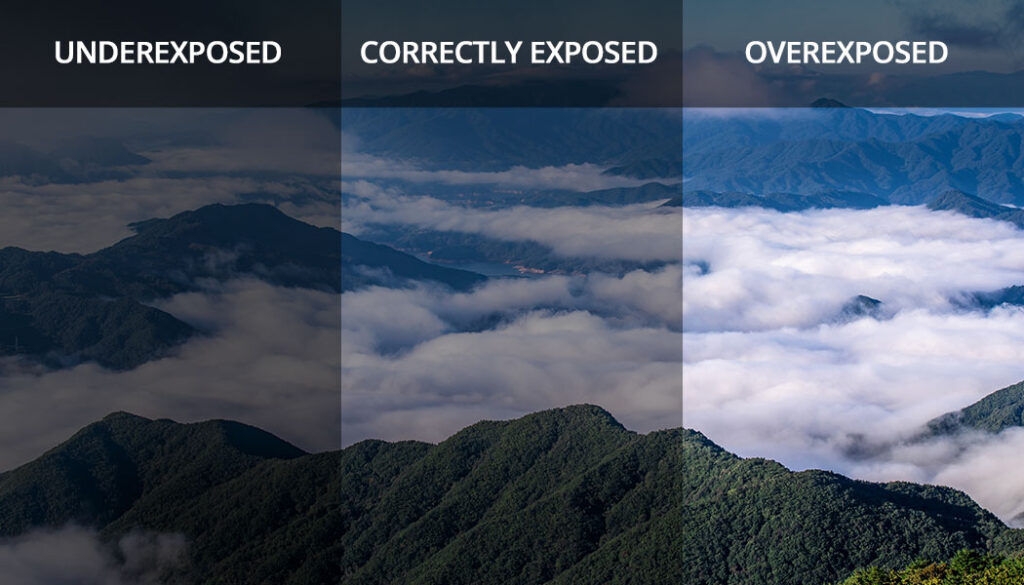
- Image quality: Image quality doesn’t just depend on the amount of light. You also need to factor in parameters like SNR (Signal to Noise Ratio) before arriving at the final exposure time. For instance, long exposure times can lead to higher noise in the output image if the SNR of the camera is not high enough. In essence, you need to find the right balance between exposure time and other image quality parameters.
- Speed of the target object or scene: If the target object is moving fast, you need to keep the exposure time low to ensure motion blur doesn’t occur. However, in most medical imaging systems, the target is static almost all the time, and hence this need not be a key criterion.
- Dynamic range: With short exposure times, the camera sensor captures fewer photons, so a high dynamic range (HDR) helps by increasing sensitivity to low light. For longer exposures, more photons are captured, resulting in brighter images. HDR is useful here too, as it prevents overexposure.
Medical imaging systems where long exposure time is beneficial
Long exposure is required in medical applications where either the light availability is limited or the procedure of imaging has to be carried out under dim light or darkness. Let us look at some of those applications in this section.
Dark field microscopy
Dark field microscopy is a technique that uses oblique illumination instead of light directly falling on the specimen. The light first hits an opaque surface and the oblique reflection falls on the specimen to pass through it. The technique is used in analyses where normal light conditions cannot reveal necessary details.
Though there can be a tendency to go for very high exposure times, as discussed earlier, you need to consider the noise levels as well here. The higher the exposure time, the higher the chances of increasing the output noise. Hence, it is important to strike a balance between the two parameters. Often a trial-and-error method is deployed in use cases like these to arrive at the perfect exposure time.
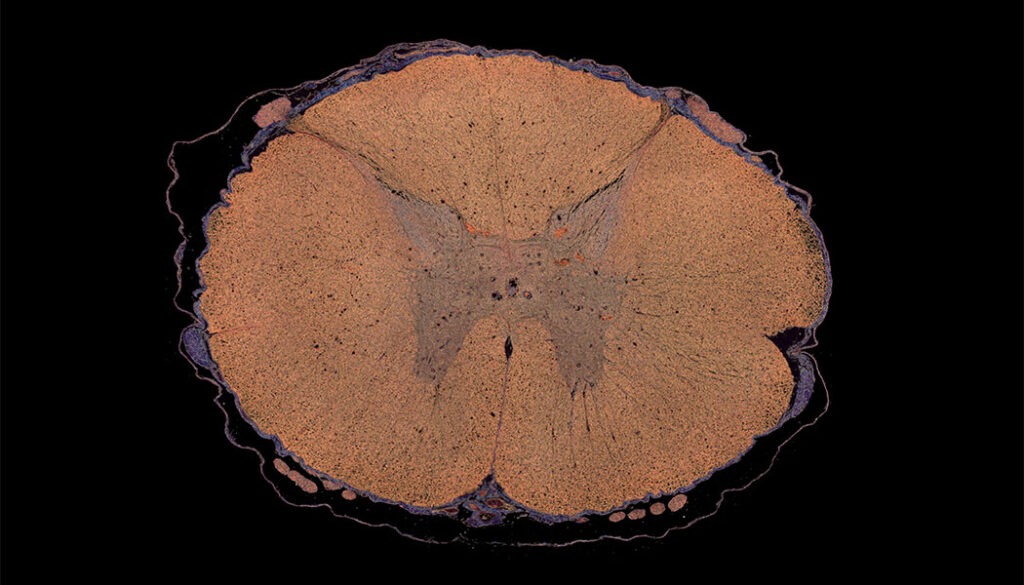
Spinal cord cross-section under a dark field microscope
Fluorescence microscopy
Fluorescence microscopy takes advantage of the fluorescence emitting properties of various substances to analyze their structural composition and spatial distribution. A molecule called fluorophore is added to the sample for this purpose. This technique is often used to study specimens where substances are present in low concentration.
The sensitivity of the camera module is extremely important in fluorescent microscopy since the accuracy of the analysis heavily depends on its ability to detect fluorescent light. Hence, in low light conditions, a higher exposure time works better. This can help capture more minute details of the specimen, leading to better findings. However, here too, the exposure time has to be defined in such a way that the output image quality is not compromised.
Lab diagnostic devices
In addition to microscopes, other laboratory diagnostic devices—such as cell counters, blood analyzers, and automated liquid handlers—also benefit from relatively long exposure times. These devices require longer exposure to capture detailed and accurate measurements of samples, improve detection sensitivity, and enhance the precision of data collected for diagnostic and research purposes.
Medical vision systems where short exposure is beneficial
The general principle is that a short exposure time is suitable in the following situations:
- The light source is very bright.
- The target object moves very fast, and a long exposure time will lead to blurring.
- When a long exposure time results in high amounts of noise in the output image.
Of these, the second scenario rarely occurs in medical imaging. But the other two situations can arise in the same set of applications where at times a long exposure is used.
Let us take the same example of remote patient monitoring systems we discussed earlier. At night, they need long exposure times while during the day, short exposure time is recommended. Similarly dark field and fluorescent microscopes might have to go for short exposure times to eliminate quality issues. High sensitivity sensors will have to be used in such a scenario to compensate for the lack of photons received.
Similarly, here are a few more examples where the exposure time might have to be limited to prevent overexposure:
- Telepresence robots: They are used for remote medical diagnosis. Here, if the light source is too bright, a short exposure time will have to be used.
- Drug delivery robots: While navigating from one place to another under bright light, drug delivery robots will find a short exposure time more suitable.
- Intraoral cameras: Intraoral cameras have to swiftly capture the images of teeth and interiors of the mouth. Hence, exposure time has to be short since the device has to move from one part of the mouth to another in less time.
- 3D photogrammetry: In 3D scanning applications where the images have to be captured quickly, a short exposure time is perfect.
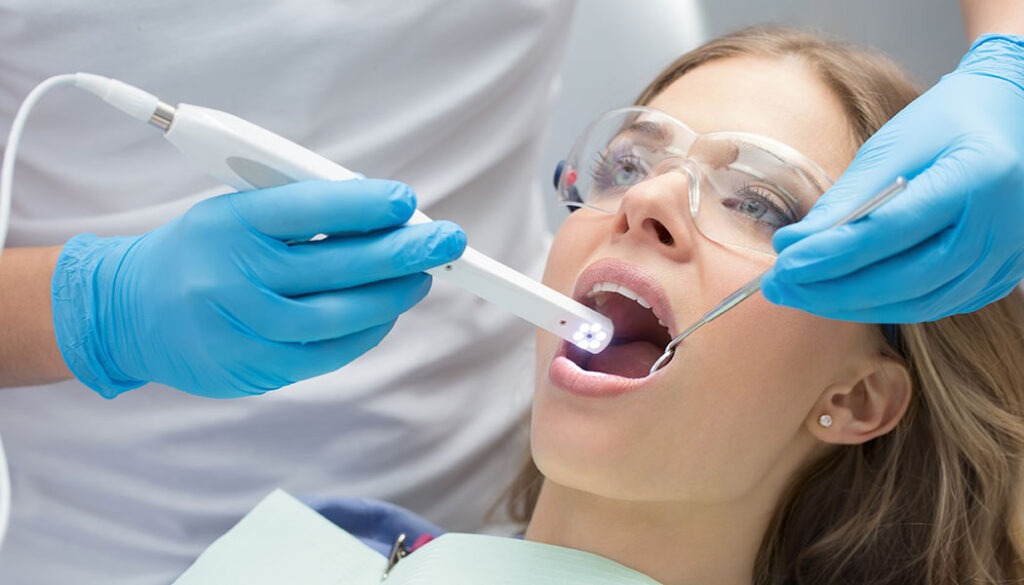
A modern intraoral camera in use
TechNexion – camera modules for MedTech applications
TechNexion offers camera solutions for a wide variety of applications including robotics, autonomous vehicles, quality inspection, sports analytics, etc. Medical imaging has been one of our key focus areas too. Some of the key features of our cameras that make them suitable for vision-enabled medical devices are:
- Excellent low light and NIR sensitivity
- High resolution and frame rate
- Rolling shutter and global shutter variants
- High dynamic range
- Small form factor
To learn more about our camera solutions, please visit the embedded vision page. Get in touch with us today to explore how TechNexion can support the development journey of your medical imaging system.
Related Products
- What is exposure time?
- The relevance of exposure time in medical applications
- Factors determining exposure time in medical applications
- Medical imaging systems where long exposure time is beneficial
- Dark field microscopy
- Fluorescence microscopy
- Lab diagnostic devices
- Medical vision systems where short exposure is beneficial
- TechNexion â camera modules for MedTech applications
- Related Products
Get a Quote
Fill out the details below and one of our representatives will contact you shortly.

